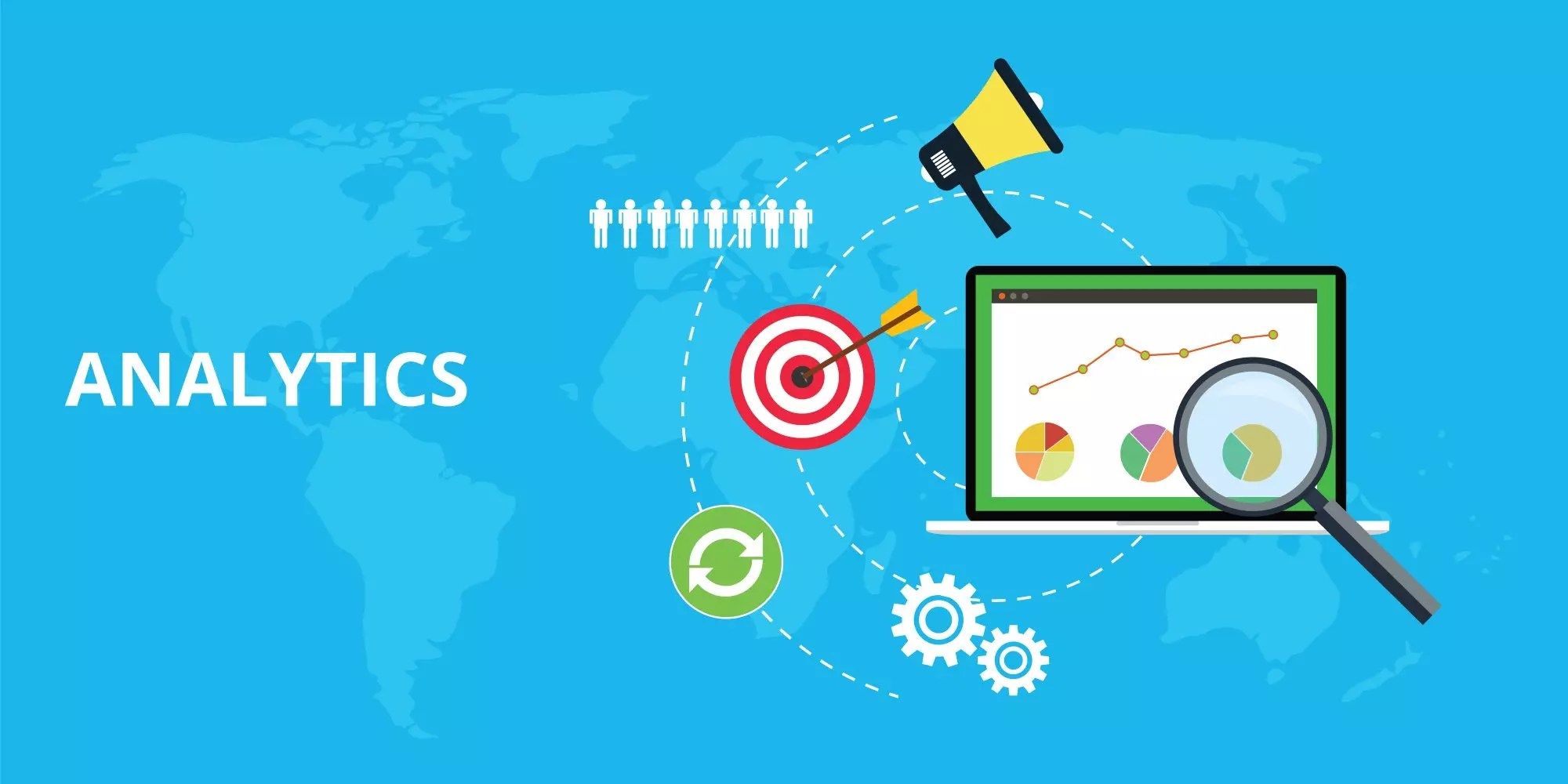The Future of Big Data? Three Use Cases of Prescriptive Analytics

Prescriptive analytics can be seen as the future of Big Data. If we see descriptive analytics as the foundation of Business Intelligence and we see predictive analytics as the basis of Big Data, then we can state that prescriptive analytics will be the future of Big Data. There are three stages of big data analytics: descriptive analytics, predictive analytics and prescriptive analytics, where each stage offers more and better insights to create a better organisation. Each phase also growths in complexity as does the value it can offer the organisation.
Descriptive analytics enables organisations to understand their environment and it is similar looking into the rear-view mirror of your car; using a variety of structured data sets and statistical methods to achieve insights about what has happened from a second ago to decades ago. Predictive analytics improves decision-making across an organisation to understand how to respond to the changing environment. It is your car’s navigation system that tells you the fastest route despite a traffic jam. Predictive analytics uses artificial intelligence to find patterns and relationships in multiple (un)structured data sources to create recommendations.
Organisations that use predictive analytics gain a competitive advantage, since they can anticipate the future. Finally, prescriptive analytics transforms an organisation and is the final stage in understanding a business. It allows a permanent and real-time (re)alignment of (in)tangible assets based on recommendations obtained from analysing unstructured and structured data sources. It uses a variety of algorithms and data modelling techniques to offer recommendations on how to take advantage of the predictions provided. In continuation of the car metaphor, it is like a self-driving car bringing you autonomously to your destination.
Prescriptive analytics uses the latest technologies such as machine learning and artificial intelligence to understand what the impact is of future decisions and uses those scenarios to determine the best outcome. With prescriptive analytics, it becomes possible to understand and grasp future opportunities or mitigate future risks as predictions are continuously updated with new data that comes in. Prescriptive analytics basically offers organizations a crystal ball. Prescriptive analytics will become really powerful when it has developed into a stage where decision makers can improve their decision-making without the constant need for data scientists.
Although prescriptive analytics is still in its infancy, there are more and more use cases being developed. Also, several Big Data startups focus, especially on prescriptive analytics. The most well know is Ayata. They use patented software to predict what is going to happen, when it is going to happen and why it is going to happen. They focus primarily on the oil and gas industry, but there are more use cases of prescriptive analytics. Prescriptive analytics is used in scenarios where there are too many variables, options, constraints and data sets. Without technology, it is too complex for humans to efficiently evaluate those scenarios. Also when experimenting in real-life is too risky or expensive, prescriptive analytics can come to rescue. Let’s have a look at three of the possible use cases:
Travel and Transportation
A key characteristic of prescriptive analytics is the need for many large data sets. The travel industry is, therefore, an industry that sees a lot of potential in the latest addition of analytics. Online travel websites, such as airline ticketing services, hotel websites or car rental websites, have turned to prescriptive analytics to sift through multiple complex iterations of travel factors, purchase and customer variables such as demographics and sociographics, demand levels and other related data sources to optimize their pricing and sales.
Other applications in the travel industry are segmenting (potential) customers based on multiple data sets to understand how to spend the marketing dollars. More accurate targeting, of course, results in higher conversion rates and to be able to make detailed segments, a lot of different variables are required. The InterContinental Hotel Group for examples uses 650 variables to determine the best price/product combination for the right customer.
Another use case of prescriptive analytics is route optimization for the logistics industry. UPS is the best example of this and be analysing and combining hundreds of data source can push 10.000s route optimizations per minute to all of their trucks. This saves the company millions of dollars on fuel a year.
Oil Production Through Fracking
In the past years, fracking has taken an enormous flight, especially in the United States. A few years ago, already $ 31 billion was spent on suboptimal frack stages across 26,100 U.S. wells. In order to know where to frack, make the process safer and to optimize the fracking process, massive data sets (up to petabytes of data) are required. Datasets such as sounds (of fracking and drilling), images (seismic, well logs), videos (cameras monitoring the fracking and sensors measuring all kinds of variables), text documents (notes by drillers) and other kinds of data have to be analysed in real-time to recommend the most optimal fracking location and process in order to have the best result.
Improve the Healthcare Industry
Also, the healthcare industry deals with massive amounts of different data sets that need to be analysed. When healthcare providers combine data sets such as patient records, medicine information, economic data, demographical and sociographical data, health trends, hospital data etc. they will be able to offer better healthcare for less money, they will be able to improve future capital investments for new facilities or hospital equipment and improve the efficiency of hospitals.
Pharmaceutical organizations can also benefit from prescriptive analytics by improving their drug development and reduce time-to-market for new medicines. Drugs simulations can improve medicines faster and it becomes easier to find the right patient for clinical trials based on multiple variables.
Prescriptive analytics is the future of Big Data, but it is still a long way away before it will be a common language. The potential is enormous, but it also requires massive amounts of data to be able to make correct decisions. Only a handful of organizations and industries have that amount of data and data sets to make something useful out of it with prescriptive analytics. However, in 5-10 years will be as normal as Business Intelligence today.
Image: fatmawati achmad zaenuri/Shutterstock





